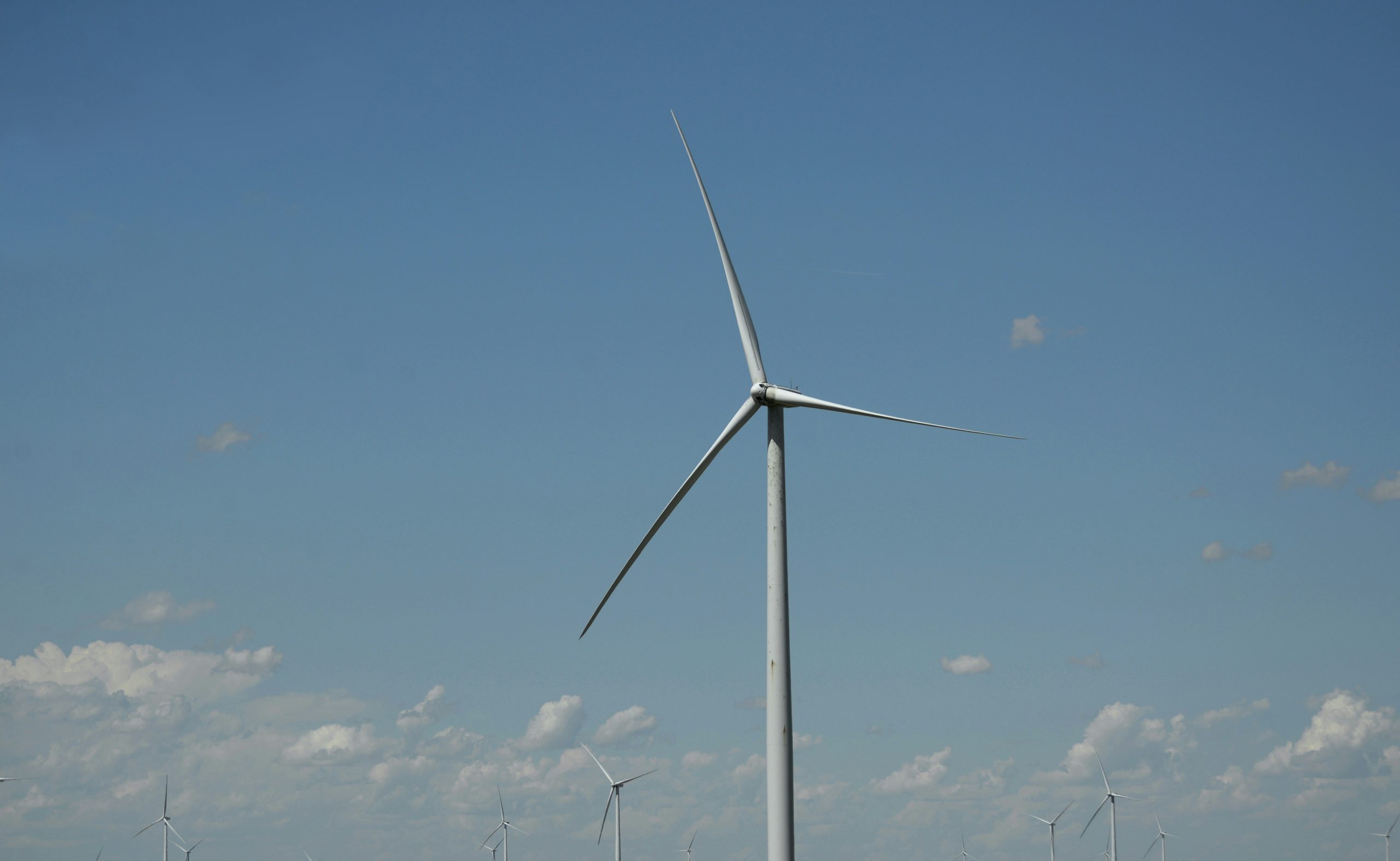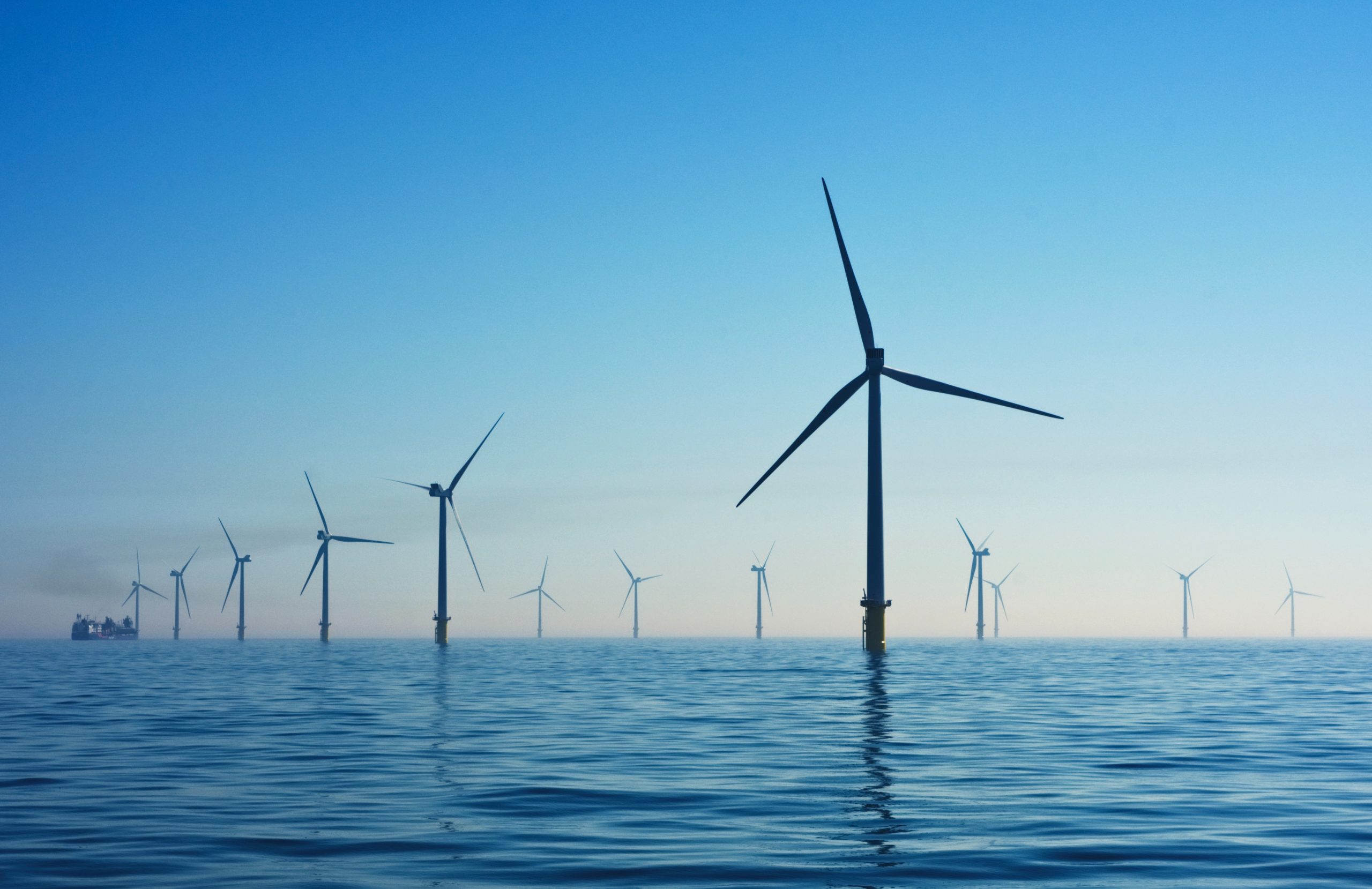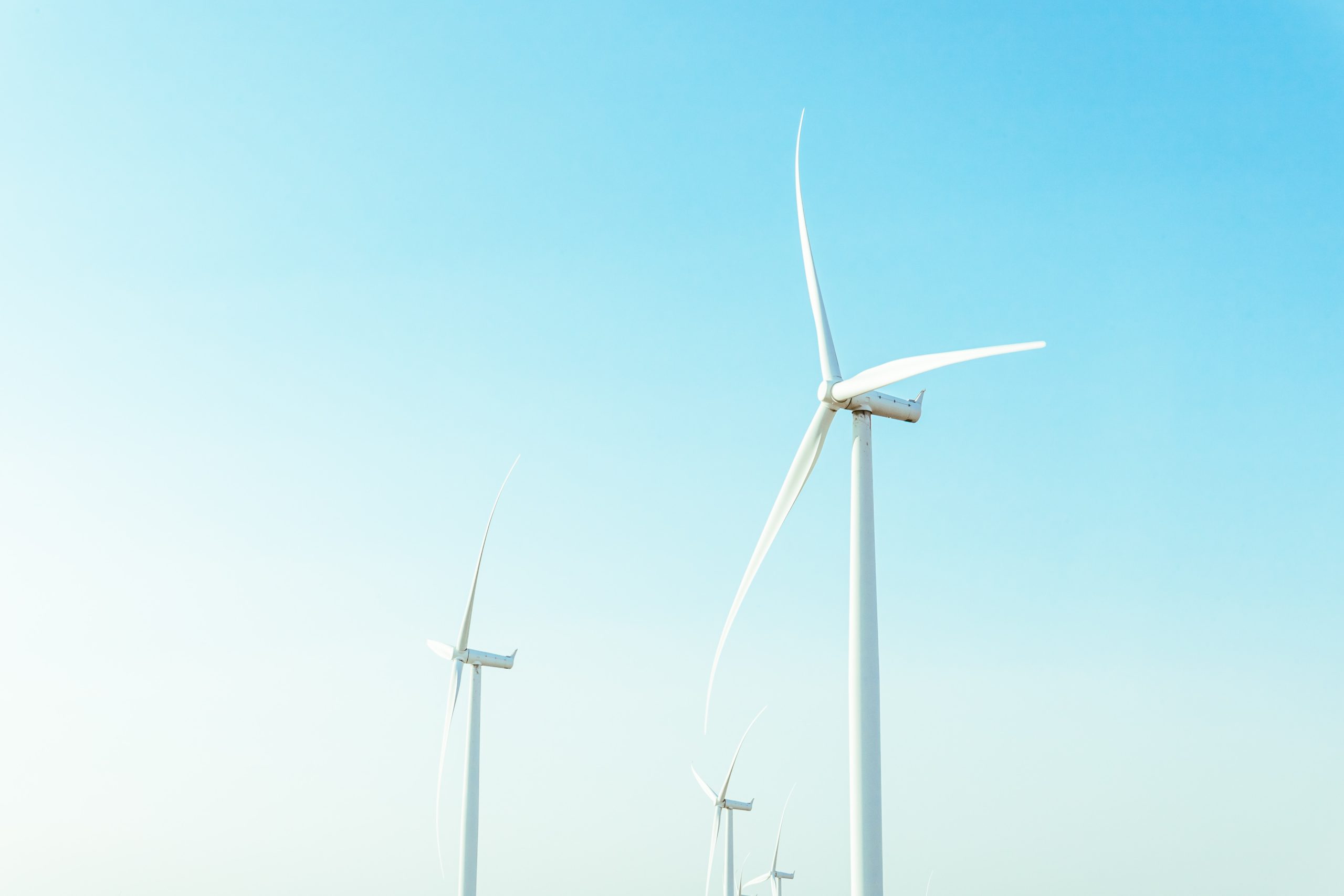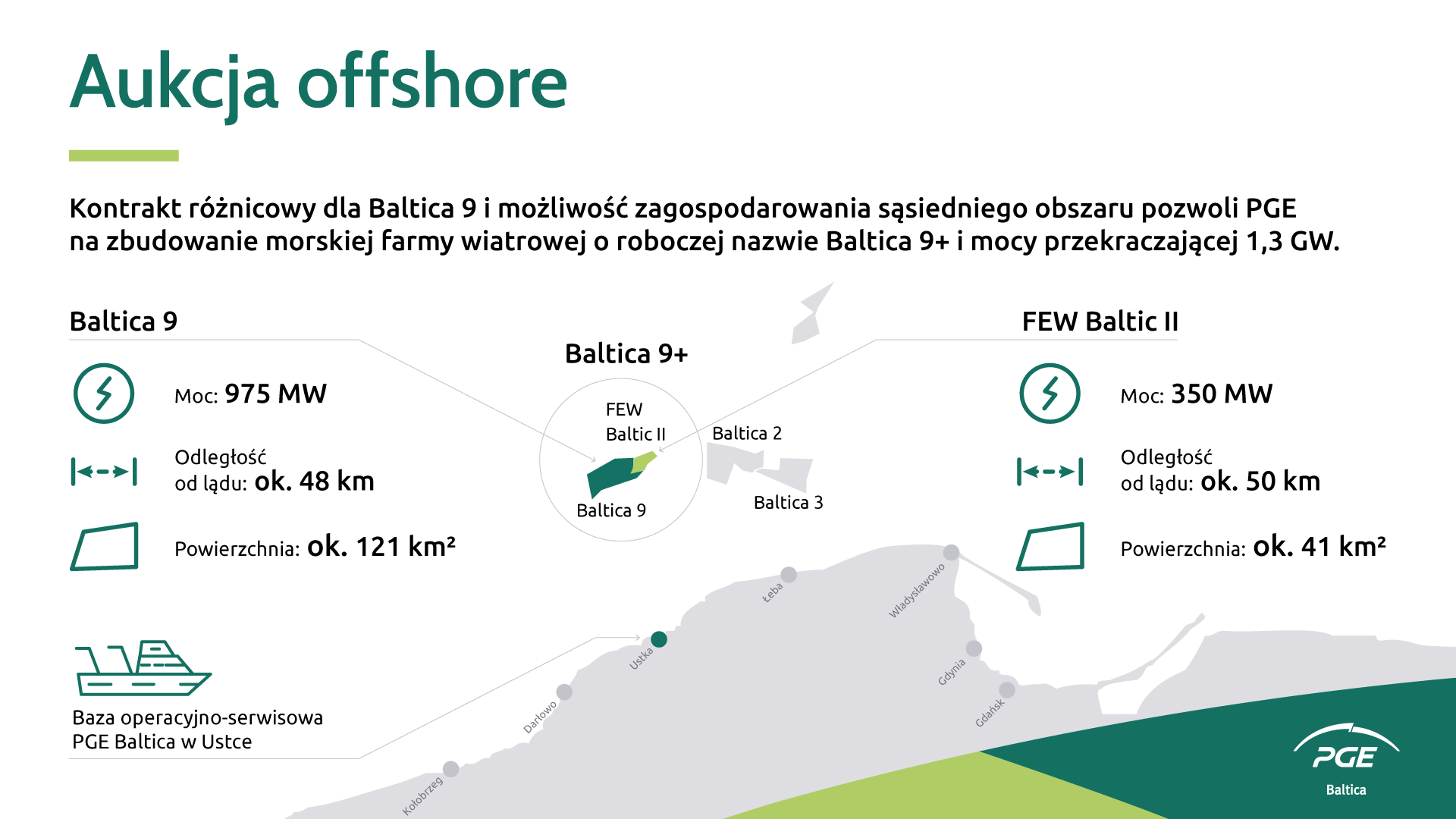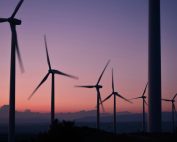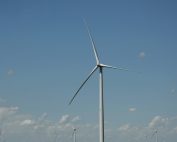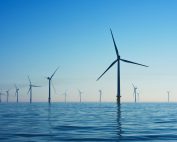The National Energy Regulatory Council (NERC) has launched a second tender to select a developer for an offshore wind farm in Lithuania’s territorial waters of the Baltic Sea. Tenderers have until 18 March 2025 to submit their applications and documents to NERC.
The winner of the tender, which recognises national security interests, is expected to be announced around the end of June 2025.
Under the terms of the tendering procedure, the developer will be able to offer to develop the farm with or without state support, as well as compete for the amount of support requested: for all or part of the energy produced. NERC has already set a maximum and minimum price at which the developer would commit to sell the electricity generated on the market.
The successful tenderer will be required to contribute at least EUR 5 million for environmental protection in the Lithuanian maritime area. Once the offshore wind farm is built, the developer will be obliged to make an annual contribution (EUR 1 per 1 MWh of electricity generated) to the coastal communities. Preliminary estimates suggest that this could amount to around EUR 3 million per year.
The area of the Baltic Sea designated for the farm is about 136 km2. It will be about 30 kilometres from the coast.
In preparation for the tender, the Ministry of Energy approved the concept of the development plan for the engineering infrastructure at sea and on land, the work on the preparation of concrete solutions for the development plan continues, the environmental impact assessment report of the offshore wind power park was approved, as well as geophysical and geotechnical investigations of the seabed in the area intended for the park, measured wind speed and other hydrometeorological parameters.
To reduce Lithuania’s dependence on electricity imports and to achieve full self-sufficiency in domestic renewable electricity by 2030, the Ministry of Energy is planning two offshore wind farms with a combined capacity of 1.4 GW in the Baltic Sea in the territory of Lithuania. These farms could generate around 6 TWh of green electricity per year, which is around half of current electricity demand of Lithuania.
Source: offshorewind.lt




